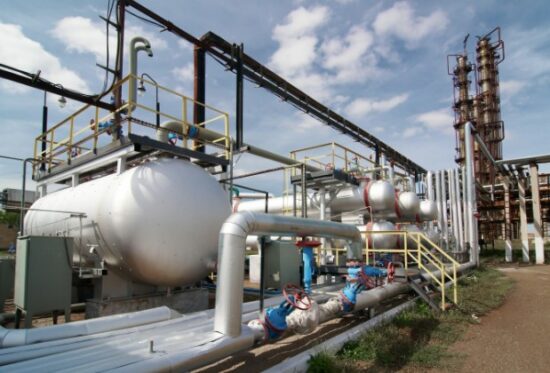Natural gas is methane (CH4). It is justifiable to call it a lower carbon fuel when compared to oil and coal. But to call it low-carbon is greenwashing.
CH4 is a potent greenhouse gas (GHG), about 80 times more climate influencing in the short-term than carbon dioxide (CO2). But now, because the European Union (EU) plans to slash GHGs by 55% by 2030, the way the 27-country bloc plans to do this is to pivot from coal first to natural gas combined with wind and solar renewables, and then eventually eliminate gas entirely. But during the pivot, the EU wants to define CH4 as low-carbon and subsidize the building of infrastructure and projects to use it for electricity and heating.
Today 25% of the electricity produced in the EU comes from burning CH4. CLose to 100% of the heating of buildings and homes in the EU is also done using CH4.
This week the European Commission, the executive branch of the EU, is asking the European Parliament to vote to designate CH4 as a low-carbon fuel and to put in place subsidies and low-interest loans to support a buildout of the natural gas infrastructure beyond what already exists. It’s not likely that the Parliament will vote in favour.
The EU’s dilemma today is the fact that almost all CH4 it uses for electricity and heat comes from Russia. And unless you have been on a desert island for the last six months, it is pretty obvious why the EU doesn’t want to continue to be reliant on Russian CH4.
So the EU is faced with a series of dilemmas. It needs to wean itself off coal to lower GHG emissions. It needs to wean itself off Russian gas. It needs to deal with Germany’s poor decision-making around nuclear energy and that country committing itself to Russian gas in lieu of nuclear power. And then there is the dilemma of how much to invest to support a temporary new gas and energy infrastructure that may only last for a few decades as the EU meets its interim 2030 goal and net-zero 2050 one.
Where will it go for CH4? It is looking to the Middle East, Africa, the United States, and Canada for its new “low-carbon” energy. Europe needs to build terminals to get natural gas stored as a liquid, (liquid natural gas or LNG) from most of these sources. It cannot rely on a pipeline infrastructure such as it has with Russia. (Recently a pipeline moving natural gas through Turkey to Europe was completed.) So that means terminals will need to be built at European ports with pipelines to connect to powerplants and industry. And it means pipelines and shipping terminals will need to be in place in North America and Africa, from where the CH4 will need to come.
Some European politicians are questioning why Germany is continuing with its disastrous nuclear policy. They are also arguing for a rapid expansion of renewables like offshore and inland wind, geothermal, large-scale battery storage, and utility and residential solar arrays. Money spent on renewables and storage will last well beyond the few decades that the temporary CH4 fix addresses.
Putting a low-carbon label on CH4 is a greenwashing ploy to meet a political need caused by poor policy decision-making in the past. It may seem palatable to those vested in maintaining fossil fuel energy, but it doesn’t change the outcome that burning more of it means increasing GHGs.








